Bringing style and personality together in an intelligent and meaningful way has been a years-long quest for us here at 16 Style Types. Before we began our creative development work, we first undertook a research phase to see what other style+personality systems existed and how they were put together. We also researched previous attempts to put our particular model of personality — psychological type — together with style.
What we found during this research phase encouraged us that nobody had yet done what we were seeking to do, and so we made the decision to progress with our development phase.
And one of the reasons we believe nobody has successfully married psychological type with style before is because of the paucity of understanding about the dynamic nature of this particular model of personality. It is rich and complex, multi-faceted and, really, quite beautiful.
Watch The Video
In this video, the three founders of 16 Style Types, Jill, Imogen and Jane – discuss this richness and beauty in this 9 minute video.
Please note the text that follows is not an identical transcript of what is discussed in the video; the video and the text are complementary content.
The Heart of the Matter
The core of our work here at 16 Style Types is this understanding and utilization of the dynamic nature of psychological type. The basic idea is that you are more than just your four letters.
Psychological type at its centre is about the core motivations of how you present yourself to the world, how you make your decisions, and the order in which things are important to you.
And this is why changing just one letter can change the entire motivation of your personality.
This theory of personality development is based on the premise that our personality develops along a set of key developmental phases and these patterns are used as a guide to understanding your innate personality – who you were born to be, as it were – including your growth into adulthood and maturity.
It’s All About Balance
Each Style Type contains within it a healthy psychological balance which offers opportunities for lifelong growth. This is why when your Style Type will never limit you or box you in in any way. In fact, it will provide the opposite for you – it will liberate you, and guide you in specific and sensitive ways.
This model of personality is also built on the foundation that having a preference for one dichotomy of the psychological type theory doesn’t mean you can’t do the opposite or that you never engage in the ‘opposite’ behavior.
In fact you may have a highly developed set of skills in your opposite psychological functions. This is part of living in the world and developing a set of necessary behaviors for our situation and environment, including our goals. For example, people who prefer Feeling are indeed capable of engaging in Thinking behavior, and vice versa.
Do You See It?
These core motivators can be identified in children quite easily if you know what to look for, as this theory is based on the idea that we are simply born this way. And if we are allowed to ‘be who we are’ and our childhoods allow us to develop naturally, these innate ways of being will be easily identified and will come to the fore.
Sensing
For children whose dominant function is Sensing, they will seek order and organization in their environments, they be drawn toward some form of structure and want efficiency. The four Types who have Sensing as their dominant (leading) function are ESTP, ESFP, ISTJ and ISFJ.
iNtuition
For children whose dominant function is iNtuition, they have highly developed imaginations, and see possibilities all around them, connecting the seemingly unconnectable. The four Types who have iNtuition as their dominant (leading) function are ENTP, ENFP, INTJ and INFJ.
Thinking
For children whose dominant function is Thinking, they will not only ask why but they need to know the answers; they indeed have inquiring minds! The four Types who have Thinking as their dominant (leading) function are INTP, ISTP, ENTJ and ESTJ.
Feeling
For children whose dominant function is Feeling, they are sensitive from an early age, and are concerned about others including those who may be being left out. The four Types whose dominant (leading) function is Feeling are INFP, ISFP, ENFJ and ESFJ.
Your Leading Function
So for people deciding what their Style Type is, understanding what your dominant function is can help you to decide what your best fit Style Type might be. And referring back to how (and who) you were as a child can be one helpful way of reconnecting with your innate preferences, versus your learned behavior.
It’s also a way you can determine what Style Type is not right for you. So for example, if you are reading ENTJ and shaking your head at the descriptions of Thinking (and specifically Extraverted Thinking) – it doesn’t seem right for you, it isn’t who you believe yourself to be…. then ENTJ is unlikely to be best fit type for you as Thinking is the core motivator for Style Powerhouse ENTJ.
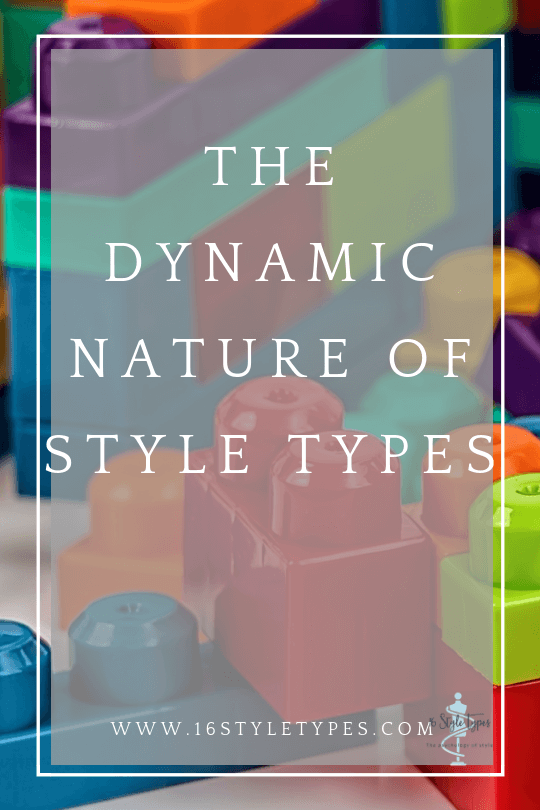
16 Unique Style Pathways
There are 16 Style Types, and 16 unique style pathways. These 16 style pathways describe the core motivators, these elements of type dynamics, that are 100% relevant to style:
- How we take in information (our perceiving function of Sensing or iNtuition) relates to acquiring ideas and inspiration including when we are in shopping mode.
- How we make decisions (our judging function of Thinking or Feeling) relates to our getting dressed for the day processes, how we curate and manage our closets, making buying decisions and other significant style decisions we make, including around grooming and clothing choices and significant style changes we make along our unique style pathway.
- What energizes us (Extraversion or Introversion, the first letter of our Style Type code) relates to the factors which make us thrive, what our ideal way of sourcing ideas and inspiration is likely to be, and elements of our acquisition process (how we shop, who we like to shop with, when we like to shop, and so on), along with how visible or otherwise may wish to be in particular circumstances.
- Our orientation to the external world (Judging or Perceiving, the last letter of our Style Type code) relates to how we wish to present ourselves to the world and what we want others to see; this also includes our approach to style rules and key elements of how we manage our wardrobes.
All of these areas are covered in your Style Type Report. When you receive your Style Type Report, you are also provided with:
- Your Style Pillars. These are based on your dominant (leading) and auxiliary (supporting) functions and are unique for your Style Type: none of the other 16 Style Types has these same style pillars in the same order.
- Your Style Strengths. These are based on your dominant (leading) and auxiliary (supporting) functions as well as core aspects of your perceiving (S or N) and judging (T or F) functions. No other Style Type has these same Style Strengths in this order.
- Your Style Challenges. Like your Style Strengths, these are based on the specific elements of your Style Type’s dynamic nature of dominant and auxiliary function, perceiving and judging functions. No other Style Type has these same Challenges in this order.
- The Seven Personality Dressing Styles and how a woman of your Style Type may be to drawn to some over others and how she may be motivated to access all of them, if she chooses.
- Your Style Blueprint and how, as a woman of that Style Type, you can identify which of the 4 phases you may be currently in, and how you can continue to develop and travel your unique Style Journey, guided by customized information for a woman of your Style Type.
Everything about your Style Type Report has been developed, created and written with your specific Style Type in mind.
Your Style Type Report is completely customized to help you access the process that are most likely to bring you success when it comes to defining and navigating your unique and beautiful style journey.
The Style Type Report Contents
Take a peek inside the 30-page illustrated magazine Style Type Report of over 8000 words including a blueprint for style growth and success:
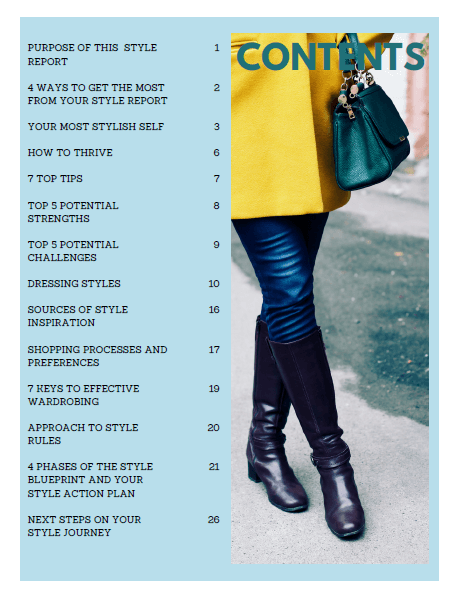
Style Type Report Table of Contents
No Gaps, No Guessing, No Generics
So much style information available, in the mainstream and social media landscapes, is well-intentioned but off-the-mark. And the reason is because it’s too generic or it contains significant gaps and too often it contains guesses at what women want and need. It’s meant for “everywoman” or it’s slanted in the direction of the preferences of the person or people creating it, so it appeals to only a few and misses a large portion of the population who are not motivated that way.
This is why 16 Style Types is “the missing piece“, as it describes the core motivators for each Style Type. These are what is needed when it comes to decoding style information, navigating through the style and fashion landscape, making important decisions about your style pathway, how you wish to present yourself to the world, and what energizes you.
Why You Are Not the Sum of Your Parts
Embracing Your Style Type Journey – Typical Phases
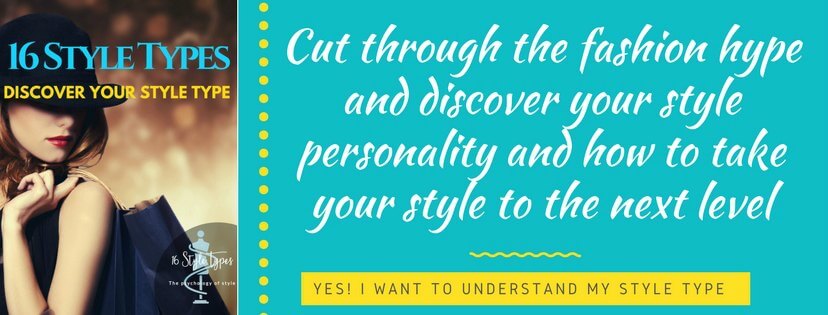
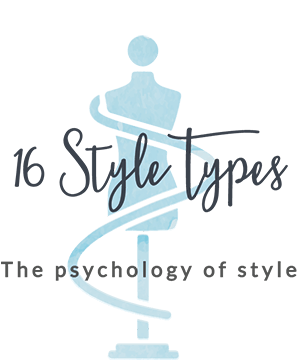

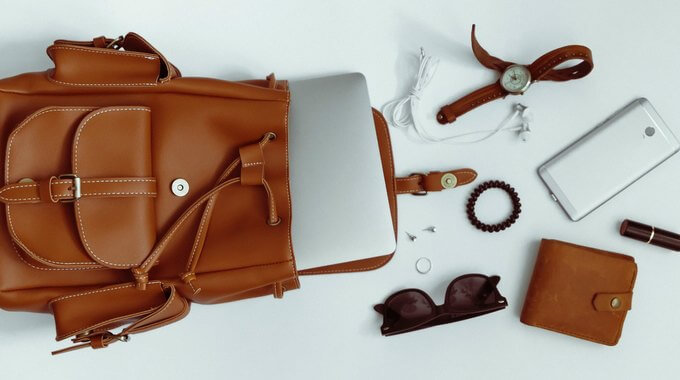
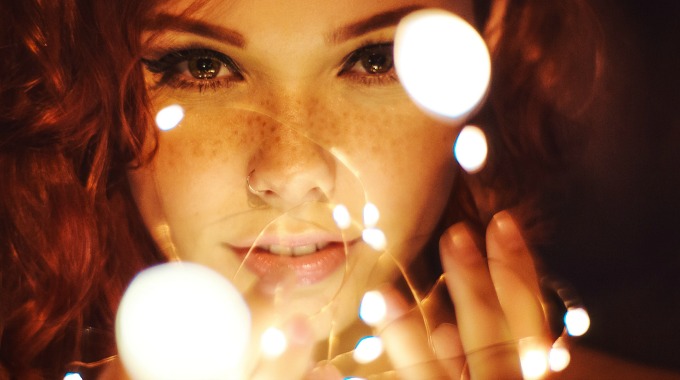
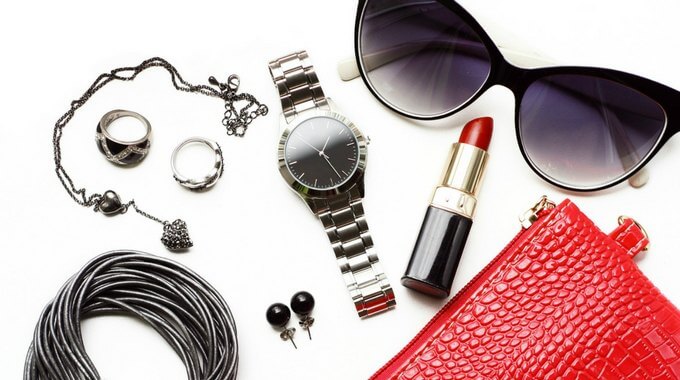
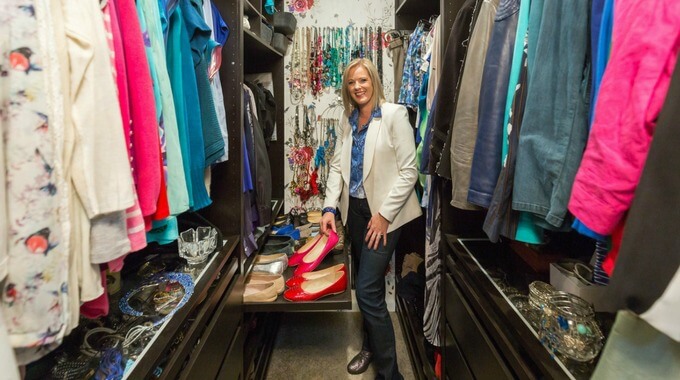
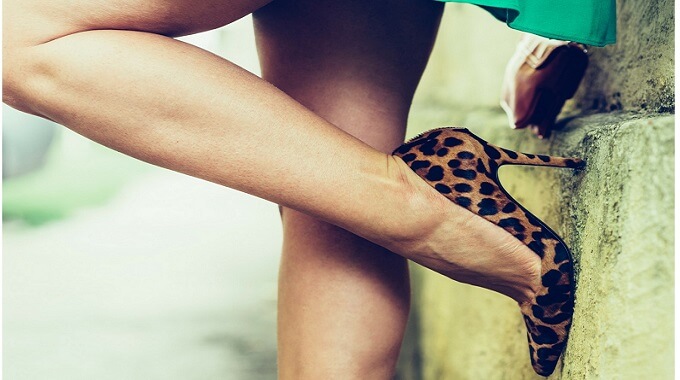

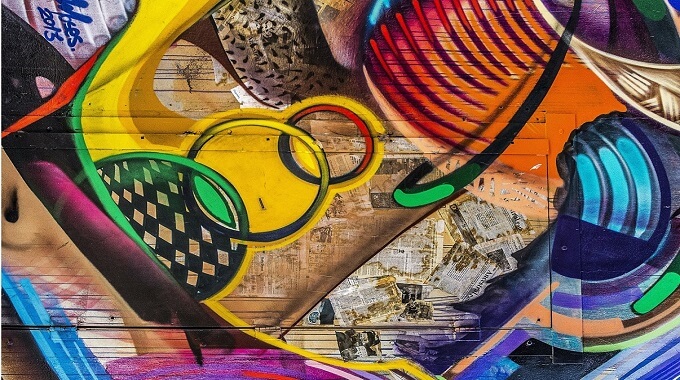

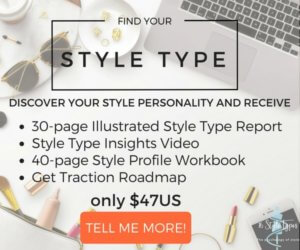
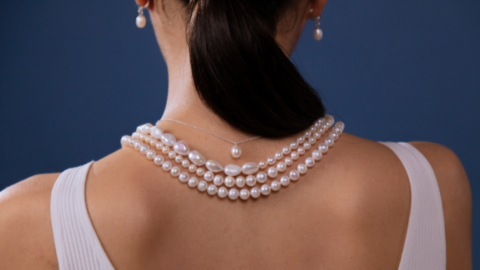

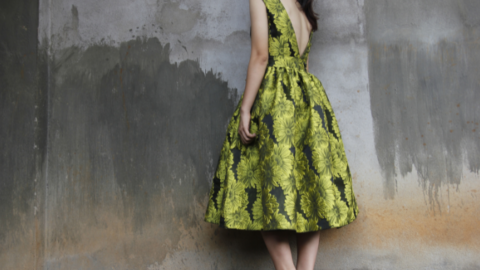
I am an INFP and am a mood dresser too. I select my outfit the night before, but will change it if I’m not in the mood for that color next day, or my skin isn’t happy with that fabric. I make about 30 outfits once a month or so and have them in my closet, ready to go. I look through the outfits each night, considering which will match my mood next day.
Thanks Helen – it’s a funny thing being a mood dresser – though sounds like you’ve got it sorted, as you’ve got lots of choices to select from each day based on your mood!
I’m sorry, I meant to post this under the mood video. I was listening to it while reading this page! :)